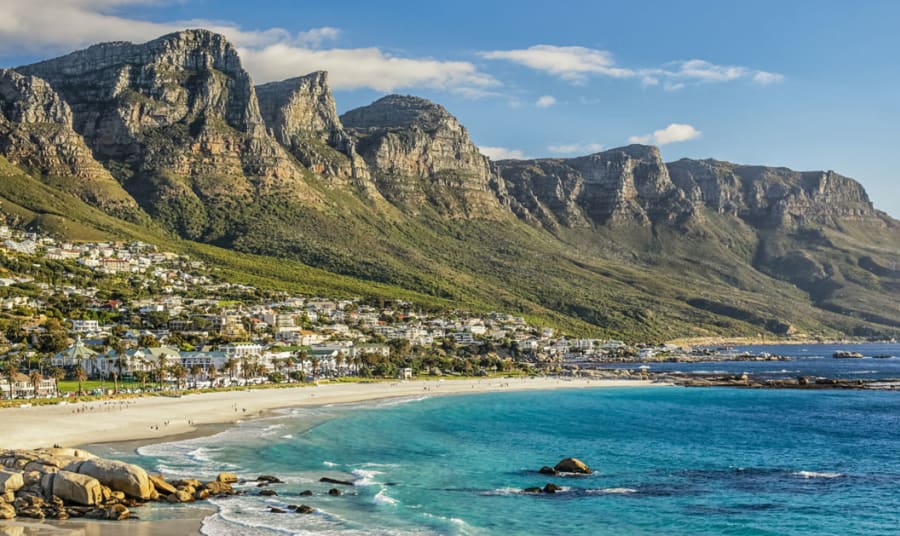 Learn more about what it’s like to travel, explore, and study abroad in South Africa in our blog posts. Enjoy travel guides, tips, tricks, and reflections from current and former AIFS Abroad participants.
Learn more about what it’s like to travel, explore, and study abroad in South Africa in our blog posts. Enjoy travel guides, tips, tricks, and reflections from current and former AIFS Abroad participants.
With its diverse landscapes and rich heritage, any season in South Africa is filled with a world of discovery, but summer is a particularly interesting time to study abroad there. …